
On this day, the 14th Army, under British Gen. William J. Slim, captures the Burmese city of Mandalay from the Japanese, bringing the Allies one step closer to liberating all of Burma.
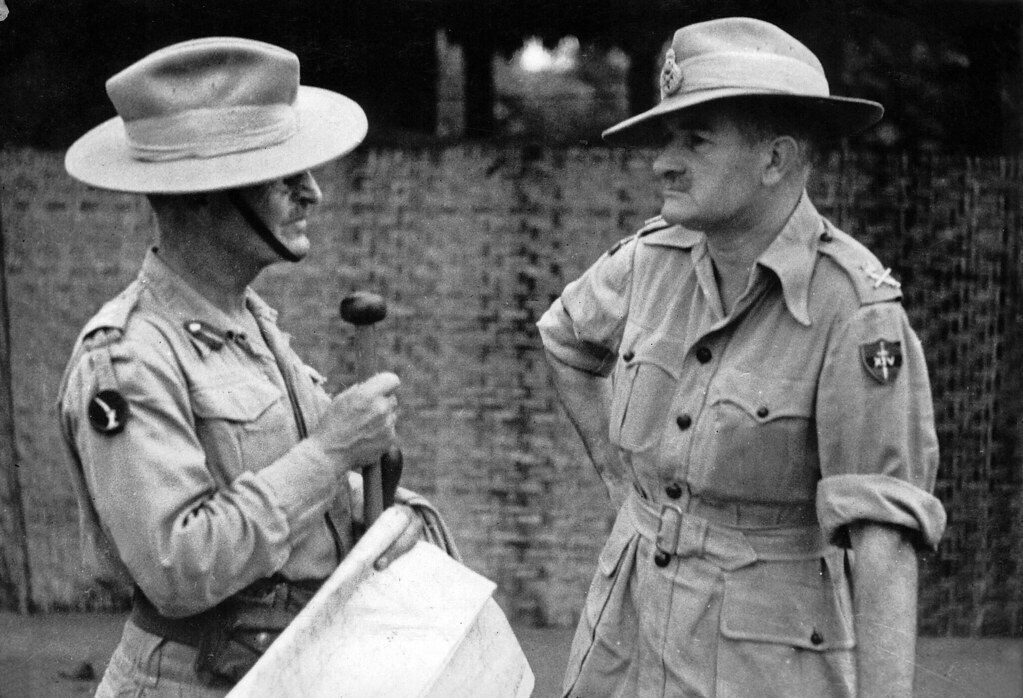


Mandalay, a city on the Irrawaddy River in central Burma (now Myanmar), was the center of the communications in Burma, as well as of rail, road, and river travel.




The British conquered Mandalay, the second-largest city in Burma, in 1885. Burma as a whole was detached from India by the British in the Government of India Act of 1935 and made a Crown Colony with its own constitution and parliament. Burmese nationalists plotted with the Japanese in the late 1930s to wrest Burma from the British Empire and bring the nation within the Japanese Empire. Attempts by the nationalists to undermine the building of the Burmese Road (which would create an overland link between the West and China) and incite riots failed, and Burma remained a British colony.




On December 8, 1941, the Japanese took matters into their own hands and invaded Burma. Troops landed at Victoria Point, at the southern tip of the peninsula. Moving north, the Japanese troops, composed mostly of disgruntled Burmese nationals who fashioned themselves an army of liberation, determined to expel the Brits from their homeland, advanced on Rangoon, Lashio (the Burmese end of the Burma Road into China), and Mandalay, which fell on May 2, 1942. With the Japanese holding central Burma, China was cut off from the West-and Western supplies.
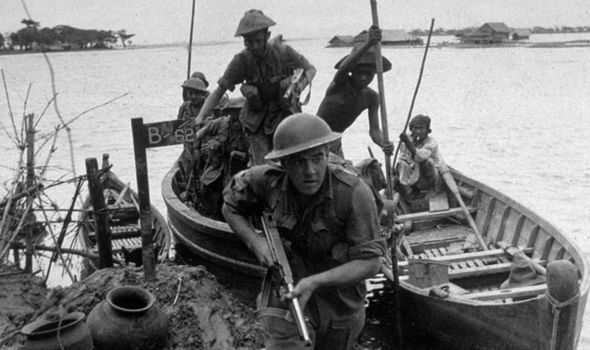

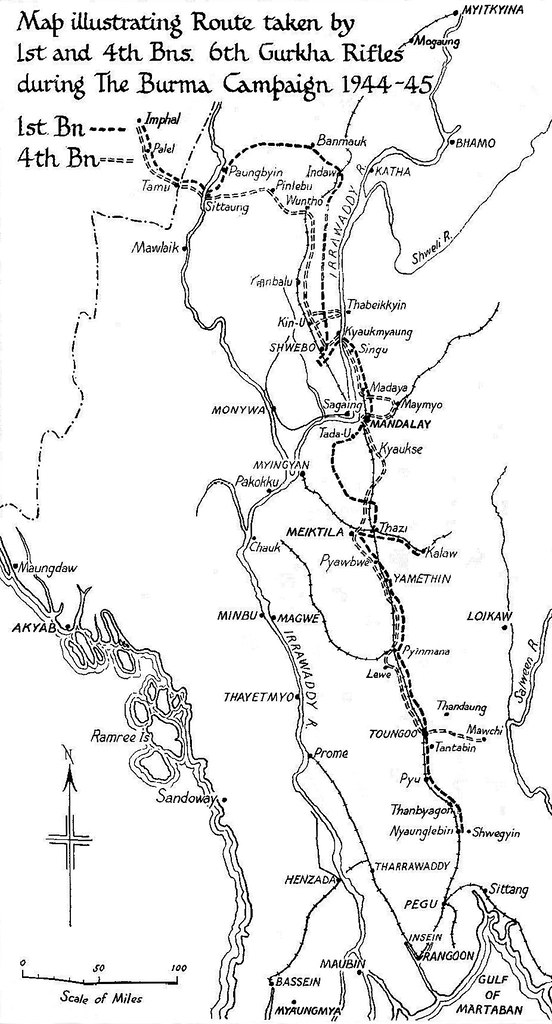
In early 1944, British Gen. William J. Slim, commander of the 14th Army, led an offensive against the Japanese that broke a siege at Imphal. By mid-December, buoyed by his success, Slim launched an offensive against Meiktila, east of the Irrawaddy River and a key communication post between Rangoon and Mangalay. A strategy of misdirection was employed, with one corps headed toward Mandalay even as Slim's immediate objective was Meiktila.




With the Japanese preoccupied with the first corps, a second corps took Meiktila on March 3, 1945, and Mandalay fell on the 20th. The 14th Army now controlled a significant swath of central Burma. Rangoon, the capital, would fall in May, returning Burma to British hands.

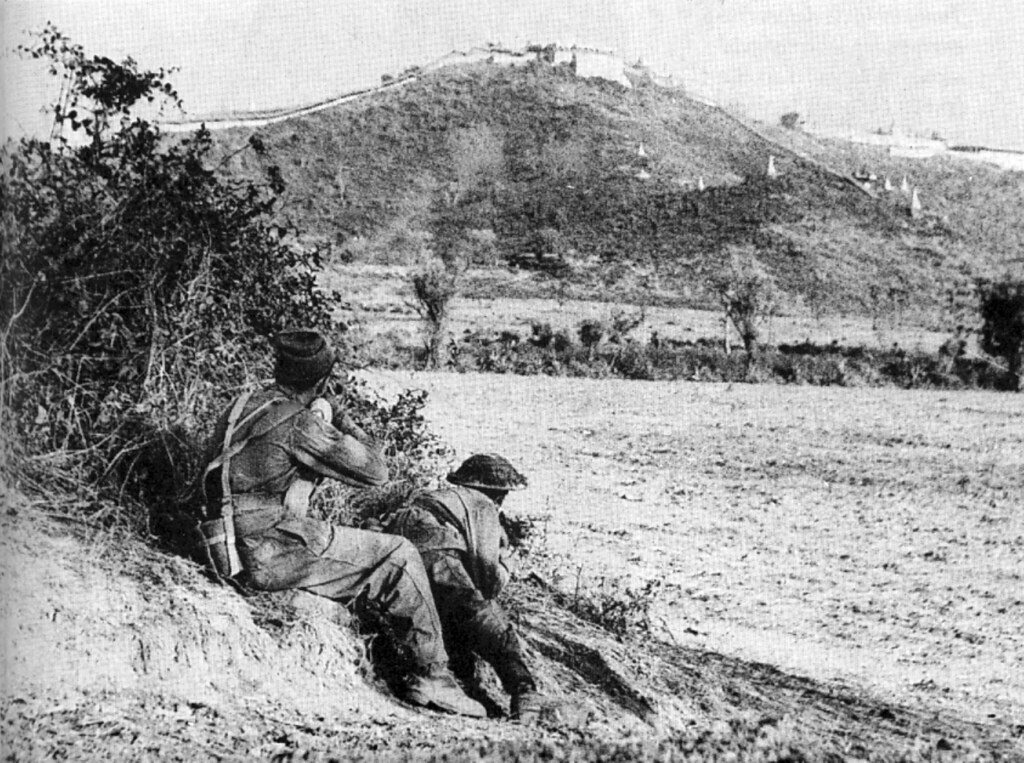
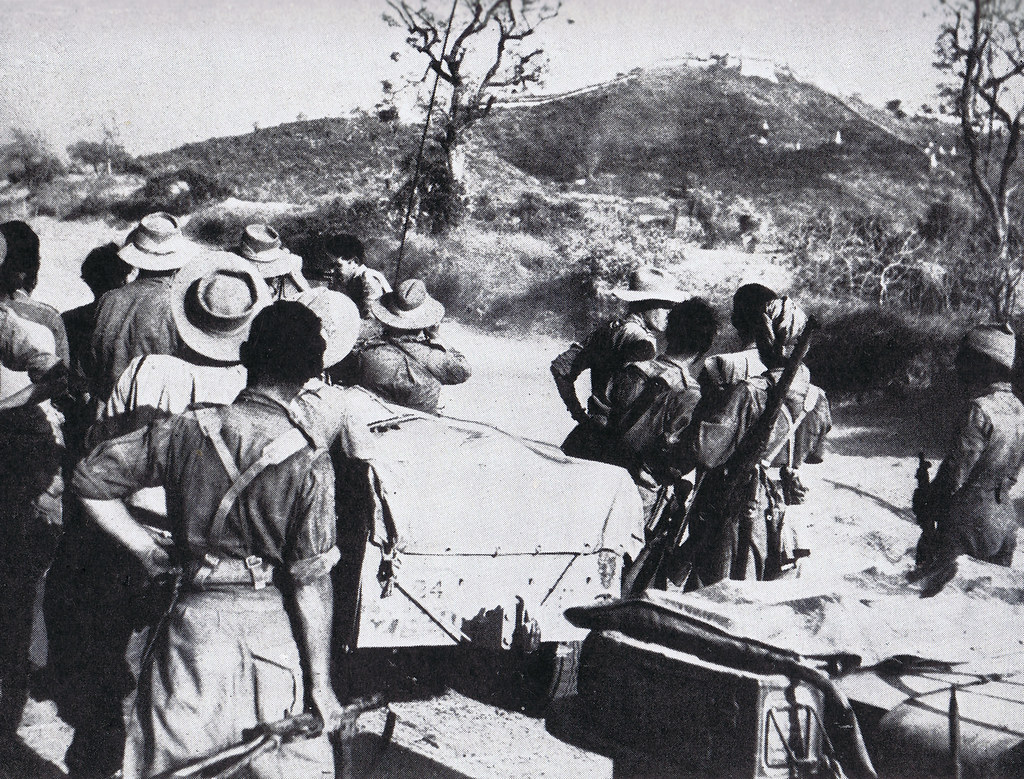

taken from: http://www.history.com/this-day-in-history/british-troops-liberate-mandalay-burma [20.03.2014]

No comments:
Post a Comment